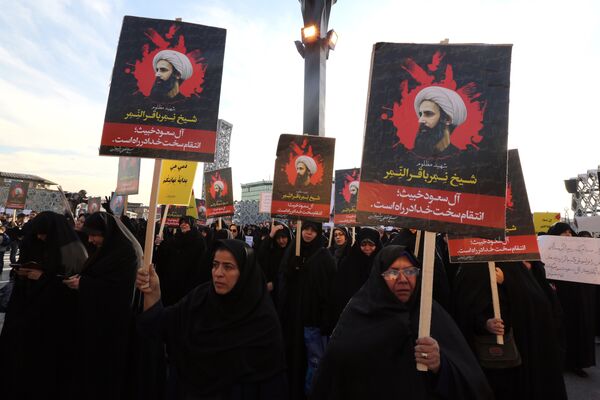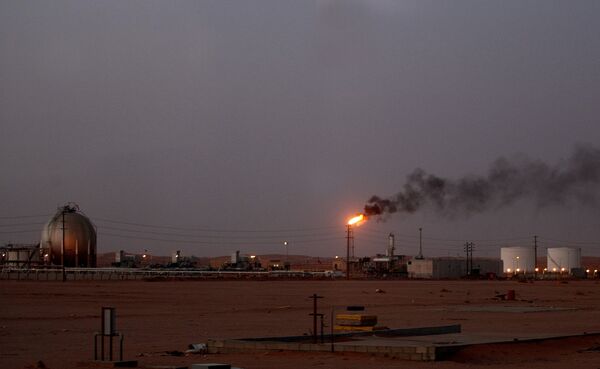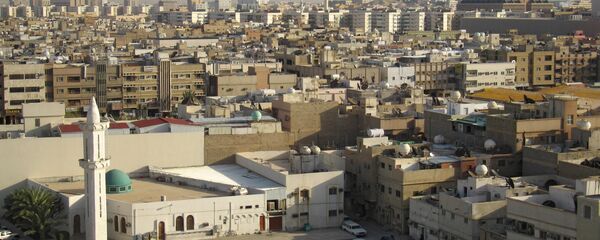There's another explanation for Sunni-Shia politics in the MidEast: Oil. Most Gulf oil rests in Shiite areas. pic.twitter.com/NLuCqUZicK
— Muhammad Lila (@MuhammadLila) 6 января 2016
The map shows that "due to a peculiar correlation of religious history and anaerobic decomposition of plankton, almost all the Persian Gulf's fossil fuels are located underneath Shiites," Schwarz noted.
Saudi Arabia is not an exception to this rule. Major Saudi oilfields are located in the largest province of the oil kingdom – the Eastern Province, which contains a majority Shiite population. Prominent Shiite cleric Nimr al-Nimr, who was recently executed by Riyadh sparking outrage among Shiites, lived in the village of al-Awamiyah, located in the Eastern province.

"If this section of eastern Saudi Arabia were to break away, the Saudi royals would just be some broke 80-year-olds with nothing left but a lot of beard dye and Viagra prescriptions," Schwarz observed. "As a result, one of the Saudi royal family's deepest fears is that one day Saudi Shiites will secede, with their oil, and ally with Shiite Iran."
In this regard, the House of Saud most certainly views any Shiite victory in the region as a direct threat to its wellbeing. For instance, the US invasion of Iraq in 2003 added fuel to the fire, since US forces overthrew Saddam Hussein's Sunni regime and replaced it with a Shiite one, backed by Iran.

"Of course, it's too simple to say that everything happening between Saudis and Iranians can be traced back to oil. Disdain and even hate for Shiites seem to be part of the DNA of Saudi Arabia's peculiarly sectarian and belligerent version of Islam," Schwarz added.
Nevertheless, oil is a major factor contributing to Sunni-Shiite tensions.



